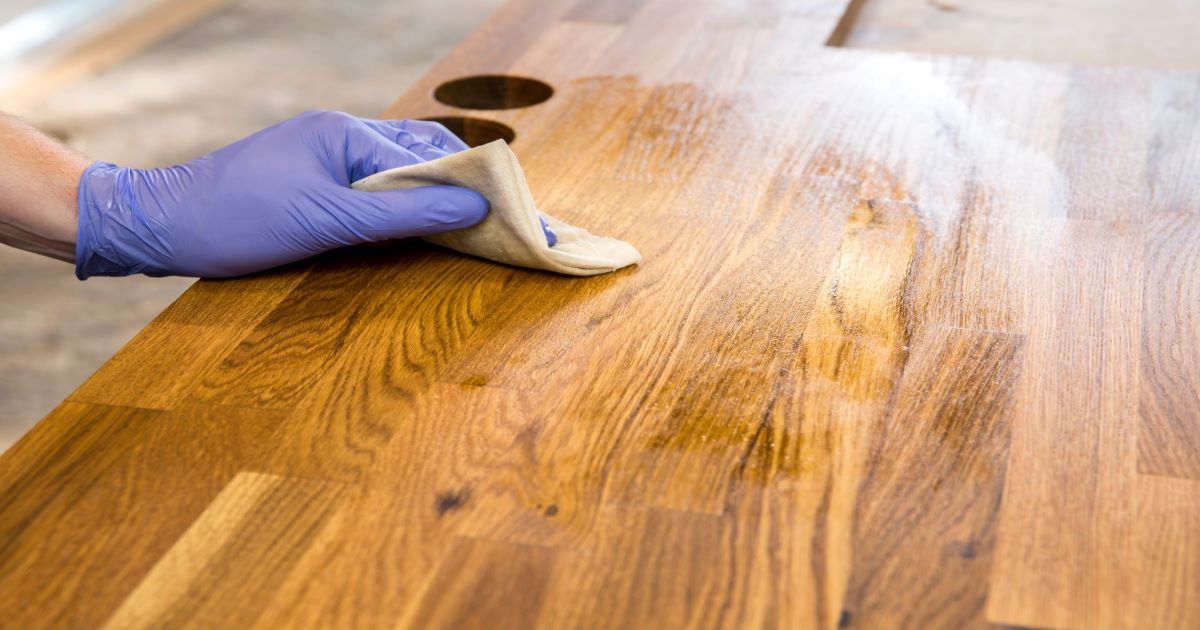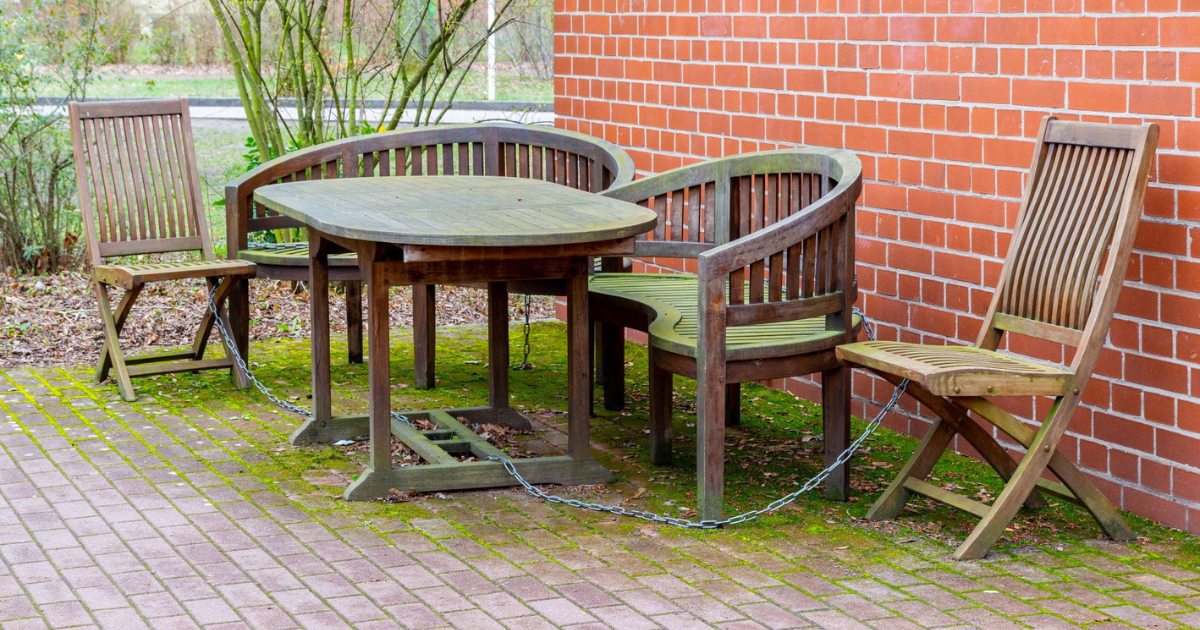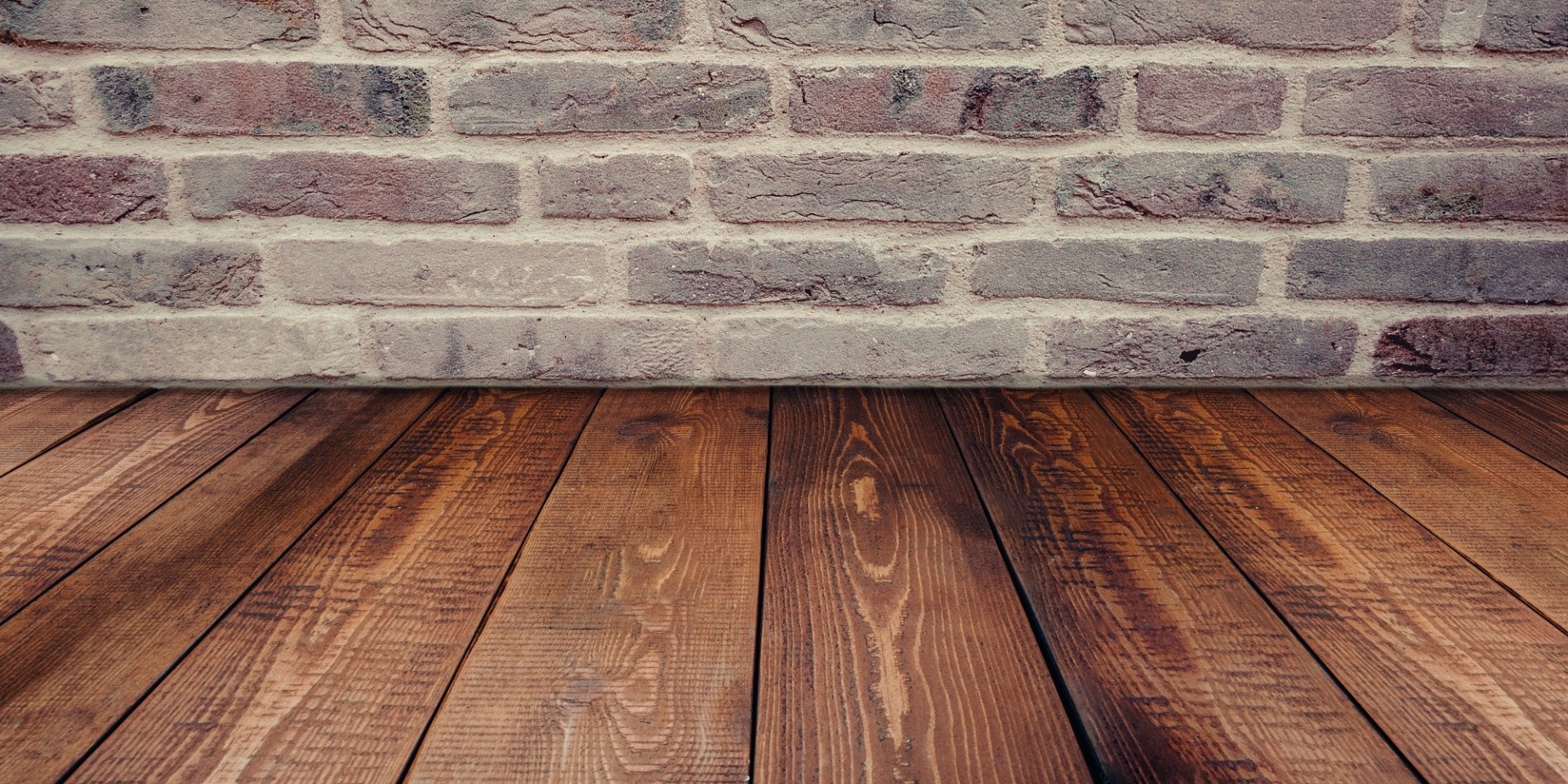A solid wood worktop can transform the look of a kitchen, but it does need regular care and maintenance. In this blog, we look at the benefits of using a specialist worktop oil and what you need to do to ensure that the lifespan of your wooden worktop and counters is as long as it can be.
How Do You Select the Best Worktop Oil for Your Wooden Surfaces?
There are many different recommended treatments for wooden worktops, but we would always recommend a specialist oil – such as our Worktop Oil – as this has been designed to fit the specific purpose compared to other standard oils and varnishes.
What Do You Want a Kitchen Worktop Oil to Do?
Not all oils are appropriate for wooden kitchen worktops, mainly because they are not food safe or do not seal the timber effectively. So, we have put a handy list together below, which sets out what you should be looking for:
- Food safety. Kitchen worktop oils should be food safe, so make sure the product conforms to the Articles in Contact with Food Regulations.
- Protect against spills. A worktop oil should give a water-resistant seal and a stain resistant finish. This finish is particularly important around sinks where the wood will often get wet. It should repel common household stains - such as juice, tea, coffee, and wine - making it easy to clean and maintain your kitchen worktops.
- Protect from damage. A good worktop oil should penetrate deep into the wood, nourishing the wood and replacing any lost oils, giving it long lasting protection. It should give a hard, durable finish that protects the surface not only from daily wear, but also protect it from scratches and scuffs.
- Enhance the natural grain of the wood. Wooden kitchen worktops are not cheap, and you will want an oil that enhances the natural beauty of the wood, by adding warmth and depth to the overall look.
How Do You Apply a Worktop Oil?
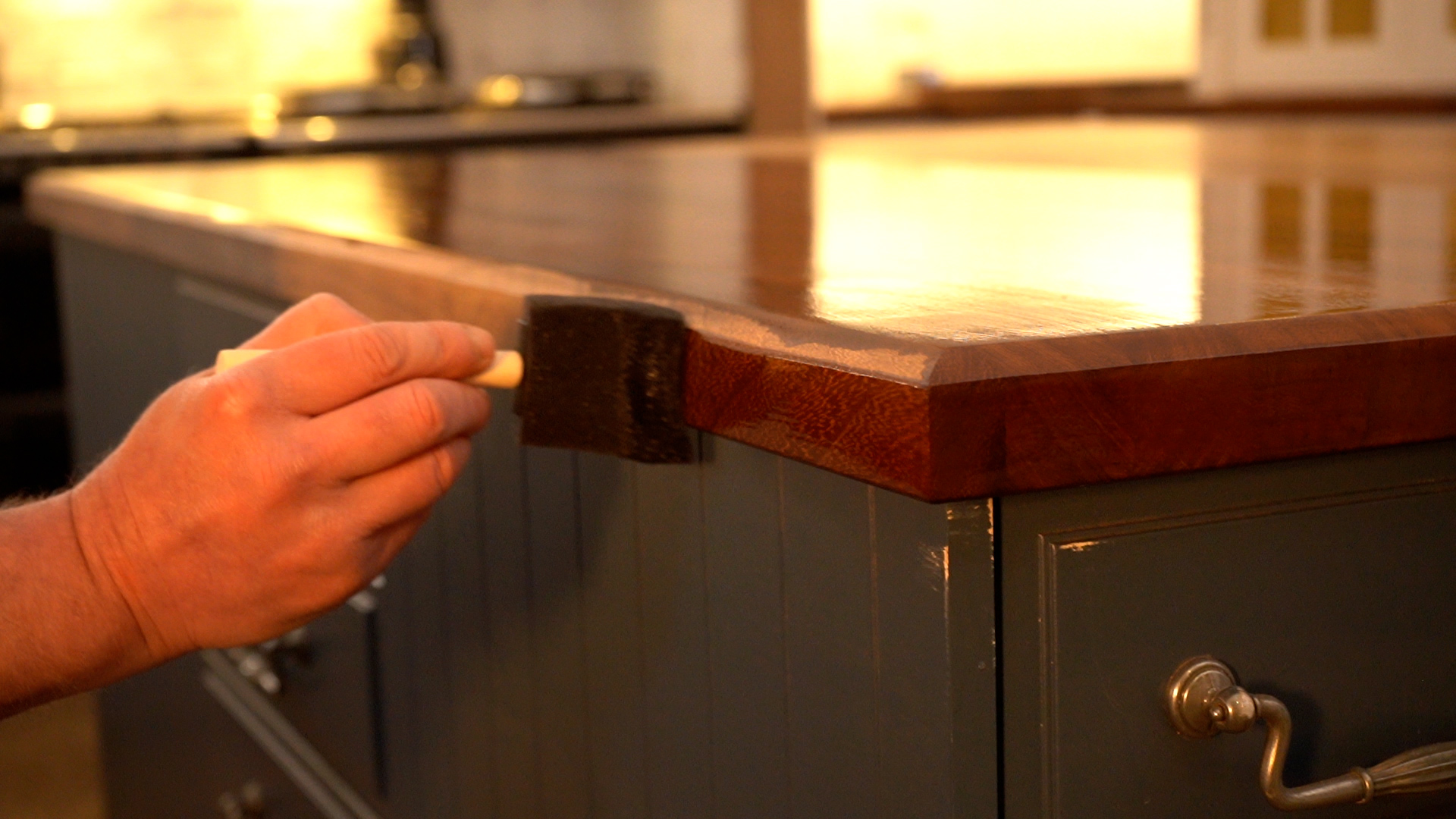
For new worktops, a worktop oil should be used as soon as the worktops are installed. If you are unsure of the finish, test it on a piece of spare wood or an unseen area first.
Before applying the oil, always make sure that the surface is clean and dry, and there are no bits on the surface by wiping over with a Lint Free Cloth. With our Worktop Oil, we recommend applying three coats using a Foam Brush in the direction of the grain and allowing 4-6 hours drying time in between coats. After each coating, leave the oil to penetrate for 5-10 minutes then always use a Lint Free Cloth to wipe away any excess oil. The first coat will soak in and enhance the wood, and the second coat will create a durable, hard wearing and stain repellent finish that will never crack, peel, blister, or flake. A De-nibbing Pad can be used to gently sand the surface in the direction of the grain between the coats of the oil once dry to ensure a smooth, flaw-free finish.
For older worktops, the wood needs to be cleaned and sanded first. Any marks or stains should be thoroughly sanded down and removed. Likewise, you need to remove any old waxes or finishes.
- Step 1: Clean the Worktop. Use our Wood Cleaner, undiluted, by applying with a clean cloth and rubbing into the wood. Wipe off any excess cleaner with a clean, dry cloth and leave to dry.
- Step 2: Prepare the Worktop. Use a De-nibbing Pad to smooth the surface by rubbing in the direction of the grain. Remove all dust with a clean, dry cloth. If the worktop has a heavy coating of old wax or oil, you will also need to sand this off using a Sanding Pad.
- Step 3: Apply the Worktop Oil. Once the surface has been cleaned and prepared, follow the steps at the top of this section under ‘new worktops’.
And don’t forget that if you want to change the colour of your worktops, make sure that you apply a Wood Stain before applying the oil.
What Do You Need to Do to Prolong the Life of Your Worktop?
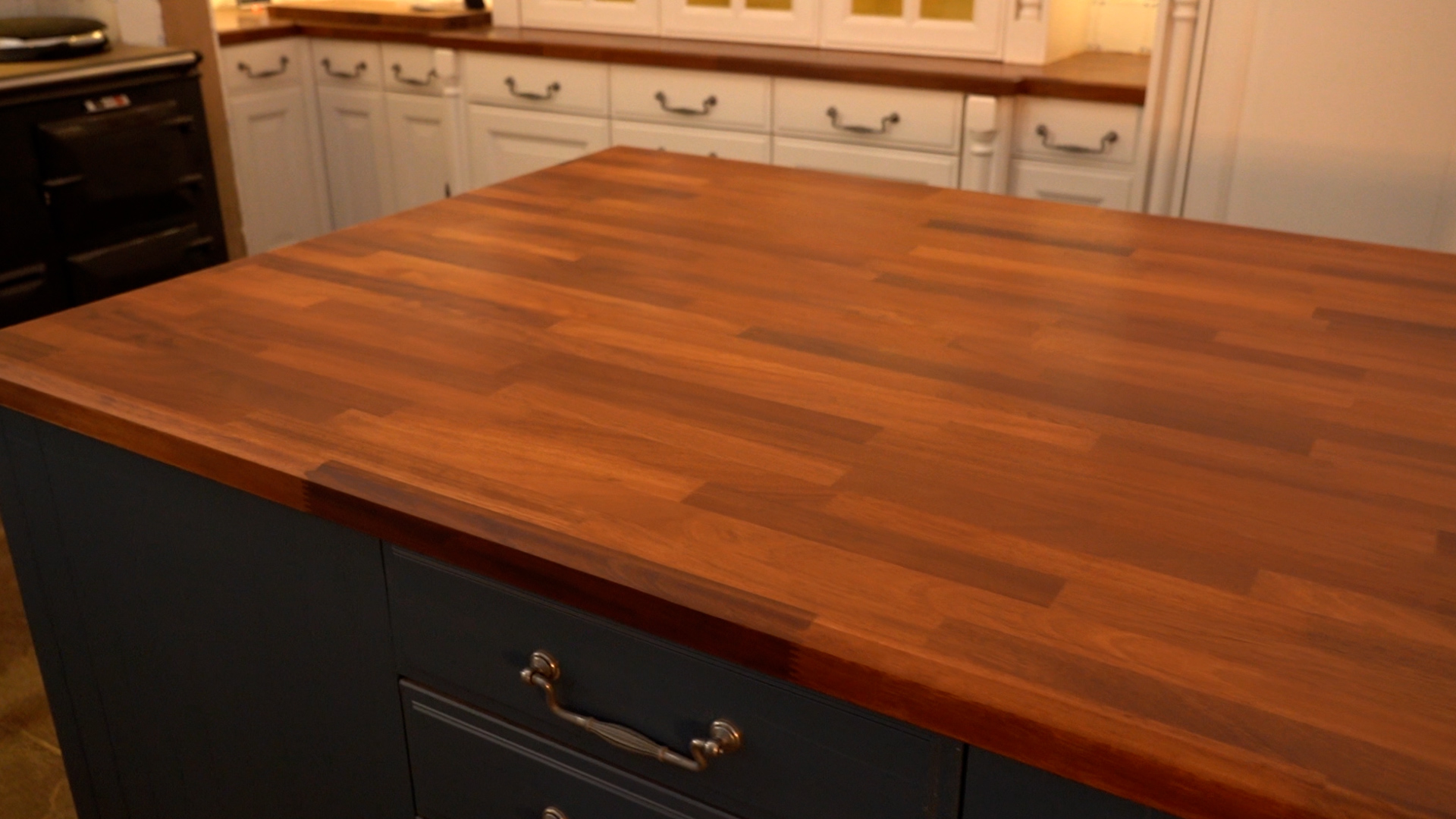
To keep your kitchen surfaces in good condition and looking superb, regular maintenance is required. A worktop that is treated regularly will look fantastic and be easy to maintain, whereas a worktop that is not looked after will quickly become stained and discoloured.
For everyday cleaning, use our Wood Cleaner mixed in a ratio of 4:1 with water (4-parts water, to 1-part Wood Cleaner). Simply dampen a cloth with the solution and wipe down the surface.
We would also recommend that you use a separate chopping board rather than cutting products directly on the worktop surface and use a heat pad or trivet when placing hot items on the surface.
How Often Do You Oil a Wooden Worktop?
When water no longer beads on the surface but lies flat on the wood, it is time to reapply the Worktop Oil. Likewise, if the sheen of the worktop is starting to dull. We recommend reapplying the Worktop Oil at least once a year, or as necessary for high use areas.
When applying to previously oiled wood, always give the wood a gentle sand using a #100 Fine Sanding Pad, then clean the surface first with our Wood Cleaner. When reapplying the oil to a previously oiled worktop, you should only need to apply just one or two coats.
And Finally
A couple of handy tips:
- Multiple uses. Don’t forget that our Worktop Oil can be used on other wooden items as well. For example, wooden kitchen utensils, wooden toys, furniture, wooden window sills and solid wood doors.
- Safety note. Don’t forget that any cloths used for oiling may spontaneously combust. Make sure you always dispose of cloths safely after use. We recommend washing them thoroughly in warm soapy water before disposal.



